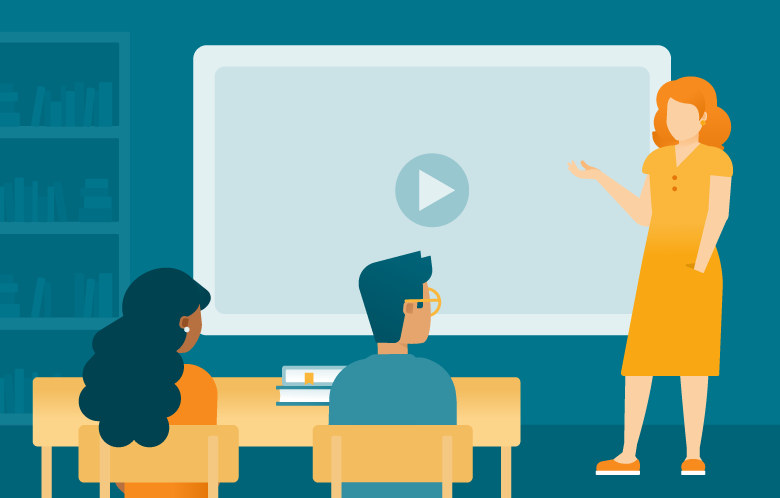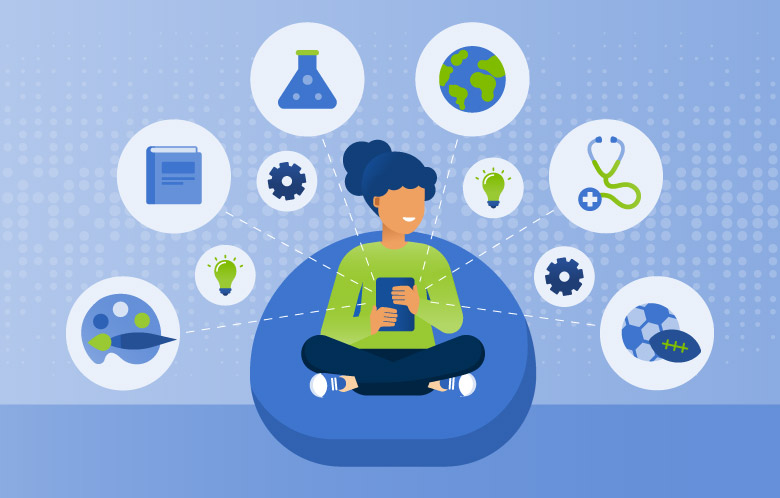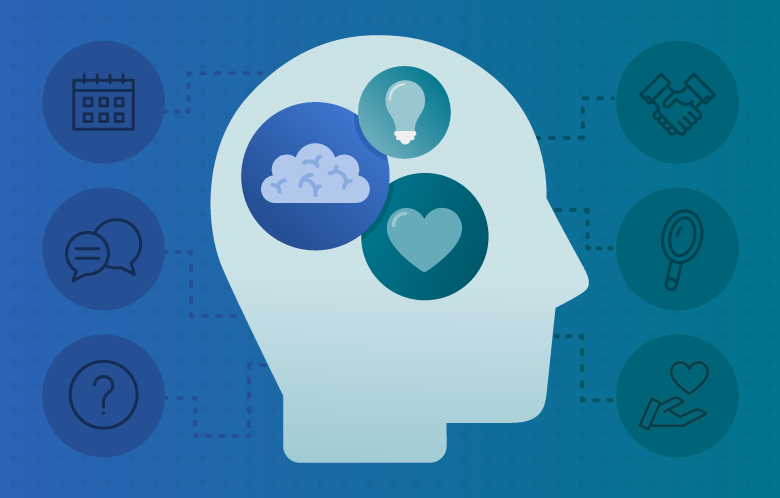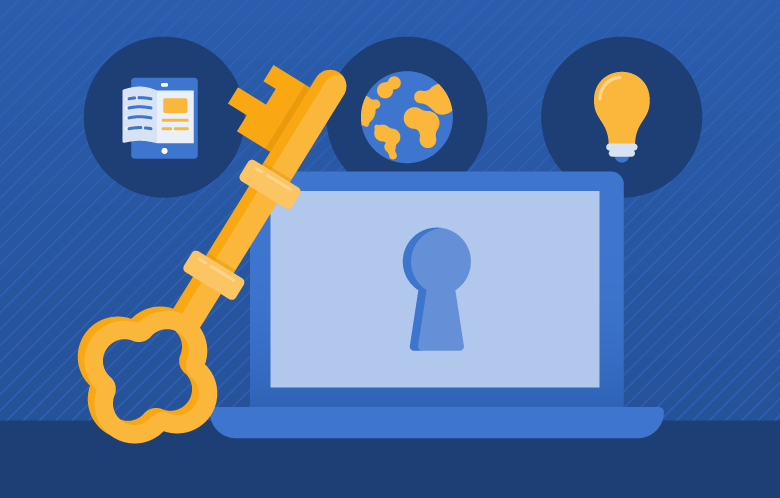Digital tools are transforming education, making access to comprehensive video content essential for modern learning. High-quality educational videos enhance understanding, boost engagement and improve accessibility for students, educators and library patrons across all subjects and interests.
The Benefits of Video-Based Learning
Videos are powerful educational tools. They combine visual imagery (e.g., animations and diagrams), auditory elements (e.g., narration, music and sound effects), and text to engage more than one sense at a time. This multimodal approach helps learners process and retain information more effectively by allowing the brain to form connections through multiple sensory pathways. For instance, watching a science experiment in action while listening to contextual explanations helps reinforce a learner’s understanding by presenting information in a comprehensive and dynamic way.
Video content also benefits students with learning challenges — such as dyslexia, ADHD or autism. By reducing reliance on text-heavy materials, videos offer an accessible alternative for struggling readers. The combination of moving visuals and audio helps maintain attention, while the step-by-step presentation appeals to students who benefit from structure and routine. Additionally, videos are available on demand, allowing learners to progress at their own pace.
Furthermore, video content promotes inclusivity by addressing the needs of deaf or hard-of-hearing individuals and English language learners. Features like closed captions, adjustable playback speeds, and transcripts improve accessibility, ensuring that educational experiences are more equitable and inclusive for all students.
Use in the Classroom
A 2022 Kaltura study found that nearly 75 percent of education professionals believe video engages students more than text, making them more likely to interact with course materials. Research also shows that students seldom watch videos longer than nine minutes, while shorter videos of three minutes or less have the highest engagement. Short, engaging videos are best for those with brief attention spans.
Teachers are increasingly using digital content to create dynamic lessons. According to the Kaltura study, 81 percent of teachers incorporate video in their classrooms, and 97 percent believe it is essential for students' academic experiences. Videos help clarify difficult material and provide alternative ways for students to approach subjects.
Lifelong Learning
Beyond classrooms, video resources play a vital role in lifelong learning. Public library patrons of all ages use video resources to pursue personal interests, learn new skills or prepare for career advancements. A Pew Research Center study found that 73 percent of adults turn to online videos for educational purposes or intellectual enrichment. By offering diverse and engaging video collections, schools and libraries can inspire curiosity, support varied learning styles and promote digital literacy.
How EBSCO Can Help
Our Ultimate Databases for Schools and Public Libraries include curated collections of high-quality educational videos, ideal for enhancing school curricula and library programs. Many of these videos are powered by Boclips, a trusted provider of education-ready content and a safe alternative to YouTube. Fully licensed and rights-cleared, Boclips videos come from respected educational sources such as Crash Course, Newsy, National Theatre, Ours Poetica, Oxford Comma, SciShow, TED, PBS and more. Additional contributors include Media4Math, Nature Picture Library, Britannica and the Associated Press. EBSCO ensures that videos are accessible directly within its platform, unlike other database vendors that link to third-party websites. All videos include closed captions, playback speed controls and transcripts, offering robust support for diverse learning needs.



